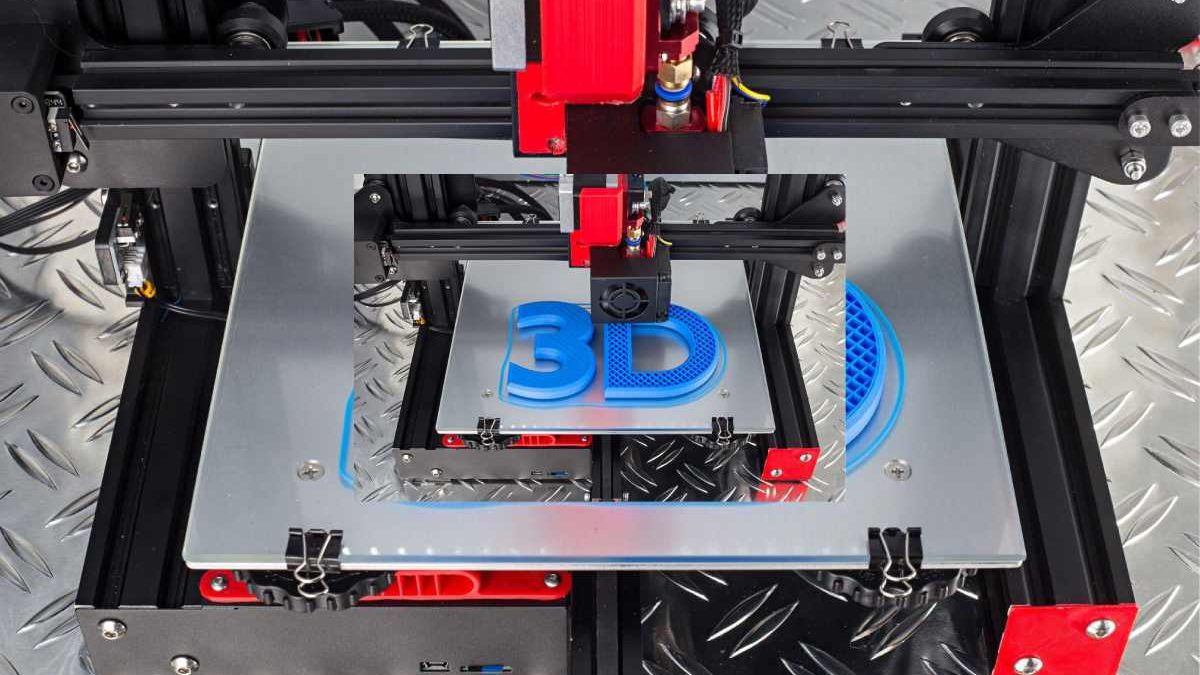3D printing is a relatively new technology that has grown in popularity in recent years for a number of reasons. Most fields of study have fully embraced the benefits of 3D printing technologies, including engineering, architecture, and health. 3D printing has numerous advantages making it convenient to use. You may see some of the uses this technology offers in this article. Let’s look at a couple of the elements that make this technology so appealing.
Table of Contents
An increase in its applications
Nearly every other sector of business has adopted 3D printing technology. It produces food, clothing, bionic limbs, apparel, and other products. Prosthetic limbs are currently being produced by institutions using 3-D printing, which helps a lot of people with physical limitations. It is now possible to make finished objects more quickly and with greater strength and quality.
A Greater Range of Materials
The materials that can be used to print different products now come in a broader range. These 3D printing services for your business, like sculpteo have been used by other industries as a result of this technology’s potential. Technology is now more frequently utilized with resins, metals, polymers, and the traditional plastic. The usage of varied materials has helped sizable multinational firms like Airbus and Boeing, two of the biggest airplane manufacturers in the world. For instance, Airbus already uses 3D printed printable metal and plastic brackets for several of its experimental aircraft.
Cutting-edge Technologies
Many new developments have been made in 3D printers. Thanks to remarkable technological advancements, businesses like Sculpteo can now fabricate highly precise and intricate tooling, as well as objects of varying sizes with complex designs. These extraordinary achievements owe their feasibility to 3D Printing, reaffirming its position as a pioneering technology that will shape tomorrow’s world. Embrace the limitless possibilities that lie ahead!
Demand-Driven Production
The traditional production method required an excessive amount of time, money, and effort. Recent developments in 3D printing have made it possible to produce objects on demand. Products may now be ordered instantly by businesses, cutting down on lost waiting time. Producing goods on-site for consumers might cut down on handling and transportation expenses. Additionally, keeping large warehouses and maintaining inventories are optional. Businesses are reducing the costs associated with maintaining goods and operating warehouses.
Savings on production-related raw materials
Manufacturing companies are able to reduce the amount of material used. Thanks to the use of 3D Printing. Waste has significantly minimized as a result of the 3D printing process’s additive quality, which uses only what is required. In the traditional production, a lot of raw materials were wasted. Airbus claims that this method might reduce material costs by up to 90%, which would be a big advantage and is one of the reasons it is gaining popularity.
In conclusion, 3D printing is fundamentally different from previous production processes in that it is both quicker and less expensive. The technology has found use in numerous industries due to how versatile the materials it can produce are. The manufacturing process has been significantly sped up by more efficient printers, and the introduction of on-demand manufacturing has removed the need to keep finished goods in stock. In addition, by reducing waste and saving money on raw materials, 3D printing has aided in the development of more environmentally friendly industrial techniques. As technology advances, it is anticipated that 3D printing will develop further and take on a bigger and bigger role in manufacturing.

